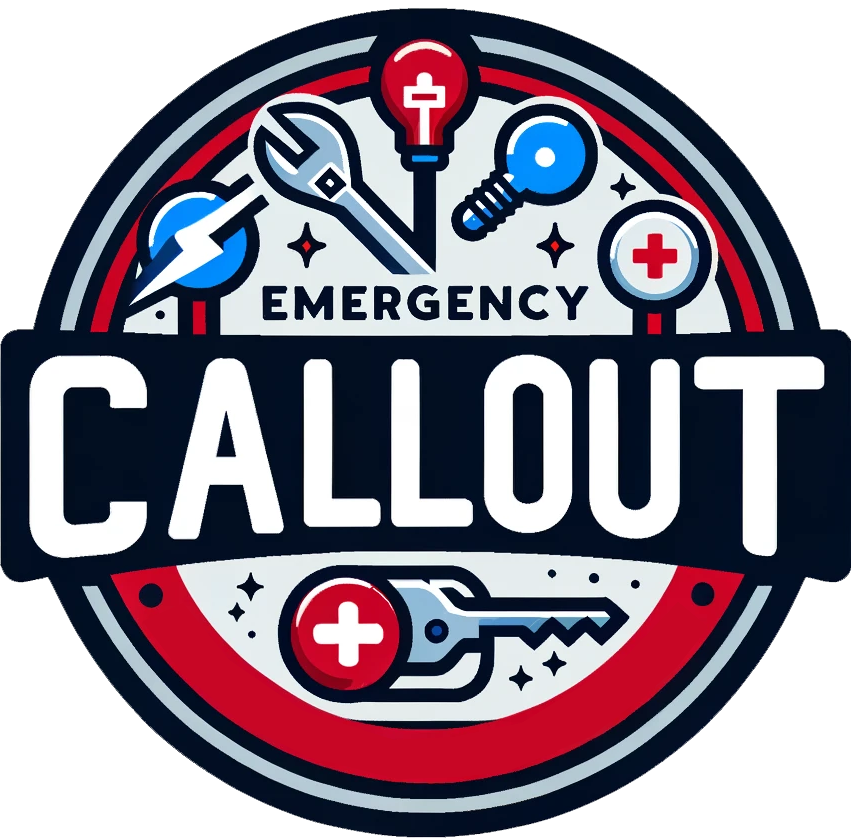Emergency Light Certificates: Ensuring Safety and Compliance in the UK
In the United Kingdom, safety regulations are taken very seriously, especially when it comes to emergency preparedness and preventing potential hazards. One important aspect of safety and compliance in commercial and public buildings is the certification of emergency lights. These lights play a critical role in providing illumination during emergency situations such as power outages, fires, or other hazardous events. In this article, we will explore the importance of emergency light certificates, the regulations governing them in the UK, and the implications for businesses and building owners.
Emergency lights are a crucial component of any building’s safety systems. They are designed to provide sufficient lighting for occupants to safely evacuate during an emergency. In the event of a power failure, these lights activate automatically, ensuring that escape routes are well-lit and visible. In addition to aiding occupants during emergencies, they also assist emergency responders in locating and evacuating individuals from the building.
To ensure that emergency lights are functioning properly and in compliance with safety regulations, it is essential for businesses and building owners to obtain an emergency light certificate. This certification verifies that the emergency lights have been installed, tested, and maintained in accordance with the relevant standards and regulations. In the UK, the certification process is overseen by regulatory bodies such as the Health and Safety Executive (HSE) and the Fire Safety Order.
The Regulatory Reform (Fire Safety) Order 2005, commonly referred to as the Fire Safety Order, is the primary legislation governing fire safety in non-domestic premises in England and Wales. Under this order, businesses and building owners are required to ensure the safety of occupants by implementing suitable fire safety measures, which include the installation and maintenance of emergency lighting. Compliance with the Fire Safety Order is essential for avoiding potential legal repercussions and ensuring the safety of occupants.
In addition to the Fire Safety Order, emergency lighting systems in the UK must adhere to the British Standard BS 5266-1:2016. This standard provides specific guidelines for the design, installation, testing, and maintenance of emergency lighting systems. It outlines the requirements for different types of emergency lighting, such as escape route lighting, open area lighting, and high-risk task area lighting. Adhering to BS 5266-1 ensures that emergency lights are installed and maintained to a high standard, thus enhancing the overall safety of the building.
Obtaining an emergency light certificate involves engaging the services of qualified professionals who specialize in testing and certifying emergency lighting systems. These professionals conduct comprehensive assessments of the emergency lights to ensure that they meet the relevant standards and regulations. They verify that the lights are strategically located to illuminate escape routes, are connected to a reliable power source, and are equipped with adequate battery backup to function during a power outage. Once the assessment is completed, the professionals issue an emergency light certificate, affirming that the lights are compliant with the required standards and regulations.
For businesses and building owners, obtaining an emergency light certificate is not only a legal requirement but also a vital step in ensuring the safety of occupants and reducing the risk of liability in the event of an emergency. By obtaining certification, they demonstrate their commitment to maintaining a safe and secure environment for employees, customers, and visitors. Additionally, having certified emergency lights can enhance the reputation of a business and provide peace of mind to stakeholders, knowing that the necessary precautions have been taken to protect occupants in the event of an emergency.
In conclusion, the certification of emergency lights is a critical aspect of safety and compliance in commercial and public buildings in the UK. Building owners and businesses must adhere to the relevant regulations, such as the Fire Safety Order and British Standard BS 5266-1, to ensure that their emergency lighting systems are installed and maintained to a high standard. Obtaining an emergency light certificate from qualified professionals is essential for verifying compliance and demonstrating a commitment to safety. By prioritizing the certification of emergency lights, businesses and building owners contribute to creating a safer environment for occupants and mitigating potential risks during emergencies.



